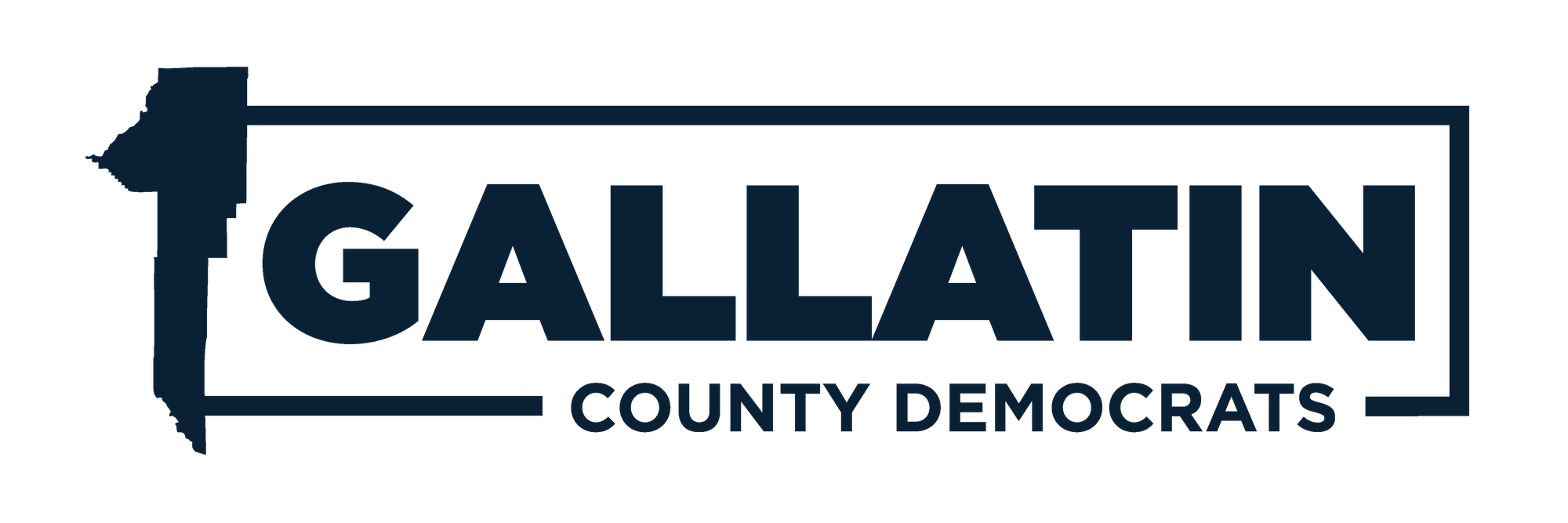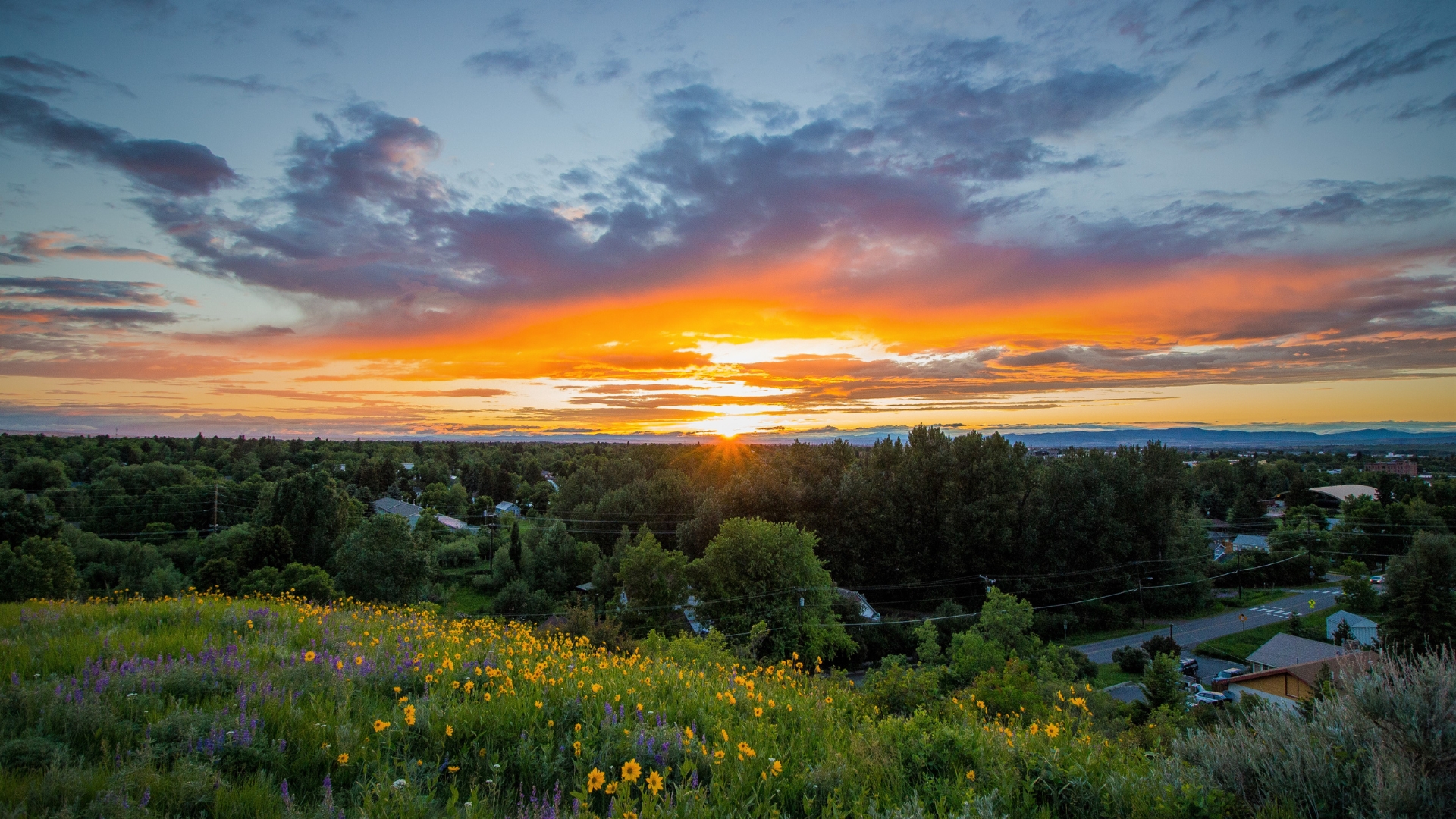By PHIL KNIGHT
Guest columnist
Yellowstone National Park, the original “Best American Idea”, turns 149 on March 1 this year. We tend to take for granted that we have lots of great national parks and that ones like Yellowstone
are protected. But Yellowstone was the first national park and we almost lost that wonderland.
In the 1870s and ‘80s, opportunists in and out of Congress wanted to open Yellowstone to commercial development, settlement and private ownership. Picture Lamar Valley with a railroad running through it, mansions on Specimen Ridge, and a ski resort on Mount Washburn. Imagine a golf resort in Hayden Valley. This is not so far-fetched.
In the early 1880s The Yellowstone Park Improvement Company was granted the rights to develop 4,000 acres in the newly minted park, including Old Faithful, Mammoth Hot Springs and the Grand Canyon of the Yellowstone. They planned on building railroads and logging, mining, and cattle ranching in the Park.
Thankfully General Philip H. Sheridan, an important advocate for Yellowstone, prevented the Yellowstone Park Improvement Company from going through with their plans. He organized a three week expedition to the Park in 1883 to get political support. Guided by Army officers, President Chester Arthur and other politicians explored the wilderness, fished, and hunted. As a result, the President decided to restrict park development.
Also, the Army assumed management of the park in 1886 and protected Yellowstone from destructive tourists and poachers until the established of the National Park Service in 1916.
Equally spectacular public lands north of Yellowstone have not been so lucky. Gold mining in Emigrant Gulch and Cooke City, logging and road building across half of the Gallatin Range,
sprawling ski resort development at Big Sky and private timberland development in the Madison Range give us a picture of what could have happened in the park had General Sheridan and other allies of wilderness not intervened.
We should preserve what pristine lands we have left, like the more than a million acres of roadless wildlands in the Custer Gallatin National Forest, as inventoried by Forest Service. It’s much more
cost effective and easier to protect a place in its natural state than to try to fix it after it’s been damaged.
A nightmare of “checkerboard” land ownership still plagues parts of western public lands. Profiteering and dirty dealing by the all powerful nineteenth-century railroad companies Northern Pacific and Union Pacific left a legacy of square-mile private sections on many national forests. Tens of millions of dollars, painful tradeoffs, and congressional actions were needed for the public to regain ownership, by which time Big Sky Lumber, Plum Creek Timber, and other logging companies had stripped these lands of forests.
And logging was just one threat. Remember the Crown Butte Mine proposed near Cooke City? It took $65 million to pay off a mining company to not develop old mines into a huge new gold mine at the headwaters of Soda Butte Creek. Nonetheless, the creek required extensive reclamation costing over $24 million, due to toxic pollution from the old mines flowing into Yellowstone National Park.
The Ski Yellowstone proposal of the 1980s called for construction of a big ski resort on Mount Hebgen and developing ski lifts and runs a in critical grizzly bear habitat, plus sprawling development nearby of roads, lodges, vacation homes, and shops. The Forest Service was ready to let this go forward but public protest and lawsuits stopped that project.
More recently, the Yellowstone Gateway Coalition managed to convince Congress to put the kibosh on another massive gold mine planned for Emigrant Peak, near Paradise Valley. Once again a major effort was required by citizens and businesses to keep greedy developers from plundering public resources.
Undeveloped, roadless public lands become more valuable every day due to their increasing rarity, ecological values, and the economic benefits of clean air, clean water, public wildlife, and carbon storage. These wildlands should be protected in perpetuity. Wilderness designation would provide the best protection available by law and prevent us from later having to buy the land back or restore it.
Yellowstone National Park is a beacon of wild nature for people the world over. This did not happen by chance. Let’s extend that same intelligent protection and care to equally spectacular and valuable public lands surrounding the Grand Old Park.
Phil Knight is s board member of the Gallatin Yellowstone Wilderness Alliance and a tour guide in Yellowstone Park.
Bozeman Daily Chronicle Guest Editorial 2/28/21

